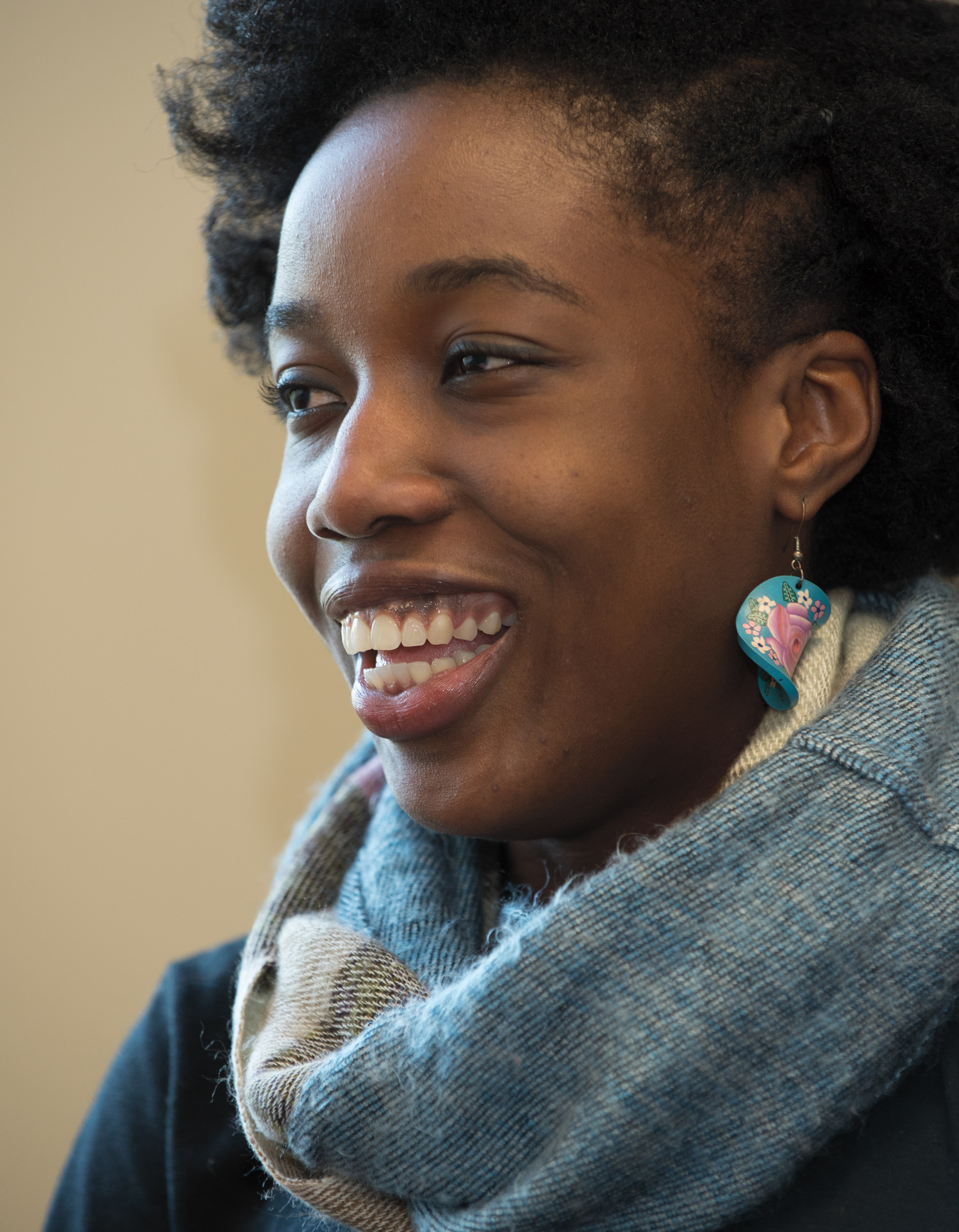After graduating, CanIL students serve the global Bible translation movement as experts in several disciplines. The subjects below are a sampling of what students learn in classes to prepare them for their future roles as linguists, literacy workers, Bible translation consultants, language surveyors, and more.
Phonetics – how to say, describe and transcribe sounds found in the world’s languages
Morphology – the structure of words and relationships between parts of words
Phonology – how sounds affect one another and which sounds are meaningful to native speakers and which are not
Syntax – the way words are put together in a language to form phrases, clauses or sentences
Semantics – the meaning of words and phrases in language
Discourse Analysis – aspects of language structure in larger sections of text (e.g. prominence, cohesion and genre)
Ethnography – the description and study of culture (for effective cross-cultural communication)
Linguistic Field Methods – ways to gather and record words, sentences and stories that are then analyzed using the disciplines above
Data Management – using software to organize, manage and analyze the gathered language and culture data
Lexicography – dictionary-making theory and methods for organizing words and their meanings to create dictionaries
Translation Principles – theory and skills for expressing meaning from one language into another in the tasks of Bible translation
Exegesis –explaining and interpreting biblical text
Literacy Principles – introducing reading and writing to minority language groups (e.g. alphabet making, literacy program strategies, etc.)
